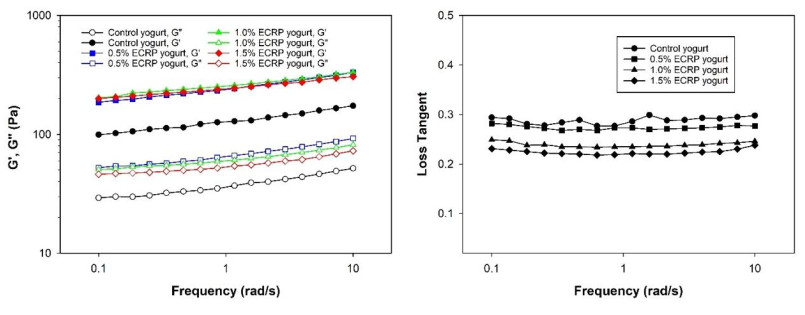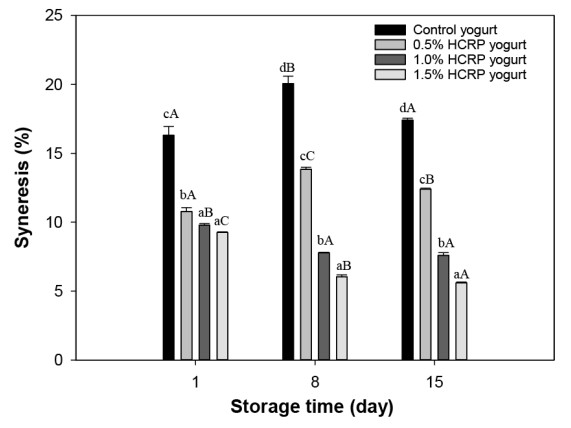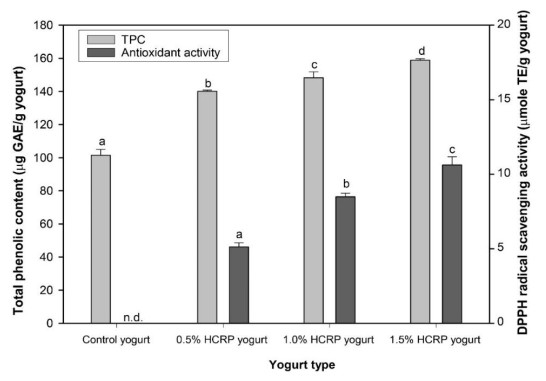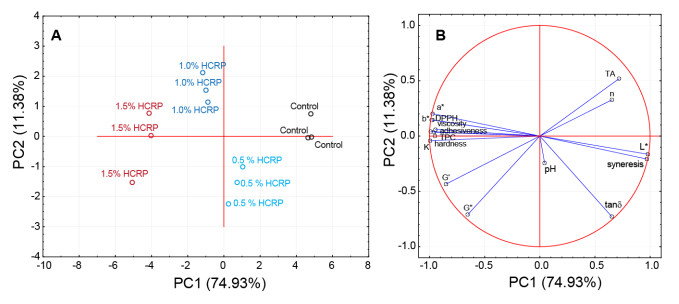| 1.
|
Behzad Nasri, Florent Brun, Olivier Fouché,
Evaluation of the quality and quantity of compost and leachate from household waterless toilets in France,
2019,
26,
0944-1344,
2062,
10.1007/s11356-017-0604-z
|
|
| 2.
|
Bloodless Dzwairo,
Multi-date trends in groundwater pollution from pit latrines,
2018,
8,
2043-9083,
607,
10.2166/washdev.2018.177
|
|
| 3.
|
Voahirana Ramaroson, Jean Rémi Randriantsivery, Joel Rajaobelison, Lahimamy Paul Fareze, Christian Ulrich Rakotomalala, Falintsoa A. Razafitsalama, Mamiseheno Rasolofonirina,
Nitrate contamination of groundwater in Ambohidrapeto–Antananarivo-Madagascar using hydrochemistry and multivariate analysis,
2020,
10,
2190-5487,
10.1007/s13201-020-01265-5
|
|
| 4.
|
Sudhakar M. Rao, Nitish V. Mogili, Lydia Arkenadan,
Role of evaporation in NH4-N transformations in soils artificially contaminated with blackwater,
2020,
20,
1606-9749,
165,
10.2166/ws.2019.145
|
|
| 5.
|
J.P.R. Sorensen, A. Sadhu, G. Sampath, S. Sugden, S. Dutta Gupta, D.J. Lapworth, B.P. Marchant, S. Pedley,
Are sanitation interventions a threat to drinking water supplies in rural India? An application of tryptophan-like fluorescence,
2016,
88,
00431354,
923,
10.1016/j.watres.2015.11.006
|
|
| 6.
|
Ross Sadler, Brooke Maetam, Benjamin Edokpolo, Des Connell, Jimmy Yu, Donald Stewart, M.-J. Park, Darren Gray, Budi Laksono,
Health risk assessment for exposure to nitrate in drinking water from village wells in Semarang, Indonesia,
2016,
216,
02697491,
738,
10.1016/j.envpol.2016.06.041
|
|
| 7.
|
Acile S. Hammoud, Jessica Leung, Sabitri Tripathi, Adrian P. Butler, May N. Sule, Michael R. Templeton,
The impact of latrine contents and emptying practices on nitrogen contamination of well water in Kathmandu Valley, Nepal,
2018,
5,
2372-0352,
143,
10.3934/environsci.2018.3.143
|
|
| 8.
|
Isimemen Osemwegie, Adjoua Nadège Boko-Koiadia,
2020,
Chapter 114,
978-3-319-93335-1,
359,
10.1007/978-3-319-93336-8_114
|
|
| 9.
|
Shrikant Mukate, Dipak Panaskar, Vasant Wagh, Aniket Muley, Chandrakant Jangam, Ranjitsinh Pawar,
Impact of anthropogenic inputs on water quality in Chincholi industrial area of Solapur, Maharashtra, India,
2018,
7,
2352801X,
359,
10.1016/j.gsd.2017.11.001
|
|
| 10.
|
Simon Willcock, Alison Parker, Charlotte Wilson, Tim Brewer, Dilshaad Bundhoo, Sarah Cooper, Kenneth Lynch, Sneha Mekala, Prajna Paramita Mishra, Dolores Rey, Indunee Welivita, Kongala Venkatesh, Paul Hutchings,
Nature provides valuable sanitation services,
2021,
4,
25903322,
192,
10.1016/j.oneear.2021.01.003
|
|
| 11.
|
Akshit Mittal, Rahul Singh, Sumedha Chakma, Gaurav Goel,
Permeable reactive barrier technology for the remediation of groundwater contaminated with nitrate and phosphate resulted from pit-toilet leachate,
2020,
37,
22147144,
101471,
10.1016/j.jwpe.2020.101471
|
|
| 12.
|
Kory C. Russel, Kelvin Hughes, Mary Roach, David Auerbach, Andrew Foote, Sasha Kramer, Raúl Briceño,
Taking Container-Based Sanitation to Scale: Opportunities and Challenges,
2019,
7,
2296-665X,
10.3389/fenvs.2019.00190
|
|
| 13.
|
Jade S.T. Ward, Daniel J. Lapworth, Daniel S. Read, Steve Pedley, Sembeyawo T. Banda, Maurice Monjerezi, Gloria Gwengweya, Alan M. MacDonald,
Tryptophan-like fluorescence as a high-level screening tool for detecting microbial contamination in drinking water,
2021,
750,
00489697,
141284,
10.1016/j.scitotenv.2020.141284
|
|
| 14.
|
Isimemen Osemwegie, Adjoua Nadège Boko-Koiadia,
2018,
Chapter 114-1,
978-3-319-71025-9,
1,
10.1007/978-3-319-71025-9_114-1
|
|
| 15.
|
Callum Lowe, Johanna Kurscheid, Aparna Lal, Ross Sadler, Matthew Kelly, Donald Stewart, Budi Laksono, Salvador Amaral, Darren Gray,
Health Risk Assessment for Exposure to Nitrate in Drinking Water in Central Java, Indonesia,
2021,
18,
1660-4601,
2368,
10.3390/ijerph18052368
|
|
| 16.
|
David Baloye., Lobina Palamuleni,
A Comparative Land Use-Based Analysis of Noise Pollution Levels in Selected Urban Centers of Nigeria,
2015,
12,
1660-4601,
12225,
10.3390/ijerph121012225
|
|
| 17.
|
André Marques Arsénio, Iana Câmara Salim, Mingming Hu, Nelson Pedro Matsinhe, Ruth Scheidegger, Luuk Rietveld,
Mitigation Potential of Sanitation Infrastructure on Groundwater Contamination by Nitrate in Maputo,
2018,
10,
2071-1050,
858,
10.3390/su10030858
|
|
| 18.
|
Ibrahim Baba Goni, Baba Musami Sheriff, Alhaji Mohammed Kolo, Mohammed Bashir Ibrahim,
Assessment of nitrate concentrations in the shallow groundwater aquifer of Maiduguri and environs, Northeastern Nigeria,
2019,
4,
24682276,
e00089,
10.1016/j.sciaf.2019.e00089
|
|
| 19.
|
Mor Talla Diaw, Seynabou Cissé-Faye, Cheikh Becaye Gaye, Seydou Niang, Abdoulaye Pouye, Luiza C. Campos, Richard G. Taylor,
On-site sanitation density and groundwater quality: evidence from remote sensing and in situ observations in the Thiaroye aquifer, Senegal,
2020,
10,
2043-9083,
927,
10.2166/washdev.2020.162
|
|
| 20.
|
George Lutterodt, Michael K. Miyittah, Bright Addy, Ebenezer D.O. Ansa, Mohammed Takase,
Groundwater pollution assessment in a coastal aquifer in Cape Coast, Ghana,
2021,
7,
24058440,
e06751,
10.1016/j.heliyon.2021.e06751
|
|
| 21.
|
R. Siddthan, PM. Shanthi,
2022,
A Comprehensive Survey on CNN Models on Assessment of Nitrate Contamination in Groundwater,
978-1-6654-8271-4,
1250,
10.1109/ICECA55336.2022.10009152
|
|
| 22.
|
Silvia Díaz-Alcaide, Wennegouda Jean-Pierre Sandwidi, Pedro Martínez-Santos, Miguel Martín-Loeches, José Luis Cáceres, Naomi Seijas,
Mapping Ground Water Access in Two Rural Communes of Burkina Faso,
2021,
13,
2073-4441,
1356,
10.3390/w13101356
|
|
| 23.
|
Franella Francos Halla, Said Maneno Massawa, Elihaika Kengalo Joseph, Kishor Acharya, Shadrack Mwita Sabai, Shaaban Mrisho Mgana, David Werner,
Attenuation of bacterial hazard indicators in the subsurface of an informal settlement and their application in quantitative microbial risk assessment,
2022,
167,
01604120,
107429,
10.1016/j.envint.2022.107429
|
|
| 24.
|
Mahmooda Khaliq, Silvia Sommariva, Adaline M. Buerck, Rinah Rakotondrazaka, Lova Rakotoarisoa, Luke John Paul Barrett, James R. Mihelcic,
Midstream Players Determine Population-Level Behavior Change: Social Marketing Research to Increase Demand for Lead-Free Components in Pitcher Pumps in Madagascar,
2021,
18,
1660-4601,
7297,
10.3390/ijerph18147297
|
|
| 25.
|
Chipo P. Mungenge, Ryan J. Wasserman, Farai Dondofema, Chad Keates, Fannie M. Masina, Tatenda Dalu,
Assessing chlorophyll–a and water quality dynamics in arid–zone temporary pan systems along a disturbance gradient,
2023,
873,
00489697,
162272,
10.1016/j.scitotenv.2023.162272
|
|
| 26.
|
Muhammad Awais, Bilal Aslam, Ahsen Maqsoom, Umer Khalil, Fahim Ullah, Sheheryar Azam, Muhammad Imran,
Assessing Nitrate Contamination Risks in Groundwater: A Machine Learning Approach,
2021,
11,
2076-3417,
10034,
10.3390/app112110034
|
|
| 27.
|
Abu Reza Md. Towfiqul Islam, Subodh Chandra Pal, Indrajit Chowdhuri, Roquia Salam, Md. Saiful Islam, Md. Mostafizur Rahman, Anwar Zahid, Abubakr M. Idris,
Application of novel framework approach for prediction of nitrate concentration susceptibility in coastal multi-aquifers, Bangladesh,
2021,
801,
00489697,
149811,
10.1016/j.scitotenv.2021.149811
|
|
| 28.
|
Michael O. Rivett, Laurent-Charles Tremblay-Levesque, Ruth Carter, Rudi C.H. Thetard, Morris Tengatenga, Ann Phoya, Emma Mbalame, Edwin Mchilikizo, Steven Kumwenda, Prince Mleta, Marc J. Addison, Robert M. Kalin,
Acute health risks to community hand-pumped groundwater supplies following Cyclone Idai flooding,
2022,
806,
00489697,
150598,
10.1016/j.scitotenv.2021.150598
|
|
| 29.
|
Willis Gwenzi, Jerikias Marumure, Zakio Makuvara, Tinoziva T. Simbanegavi, Emma Laureane Njomou-Ngounou, Esther Laurentine Nya, Korbinian Kaetzl, Chicgoua Noubactep, Piotr Rzymski,
The pit latrine paradox in low-income settings: A sanitation technology of choice or a pollution hotspot?,
2023,
879,
00489697,
163179,
10.1016/j.scitotenv.2023.163179
|
|
| 30.
|
C.D. Aju, Achu A L, Mohammed Maharoof P, M.C. Raicy, Rajesh Reghunath, Girish Gopinath,
Emerging nitrate contamination in groundwater: Changing phase in a fast-growing state of India,
2024,
357,
00456535,
141964,
10.1016/j.chemosphere.2024.141964
|
|
| 31.
|
Mercy Simaubi, Kawawa Banda, Jonathan Levy, Joe Meiman, Imasiku Nyambe,
Dye tracing of the Lusaka karstified aquifer system: implications towards urban groundwater quality protection,
2023,
195,
0167-6369,
10.1007/s10661-023-11272-z
|
|
| 32.
|
Christopher Nenninger, Jeffrey Cunningham, James R. Mihelcic,
A historical and critical review of latrine-siting guidelines,
2023,
13,
2043-9083,
833,
10.2166/washdev.2023.140
|
|
| 33.
|
Rebekah G.K. Hinton, Robert M. Kalin, Limbikani C. Banda, Modesta B. Kanjaye, Christopher J.A. Macleod, Mads Troldborg, Peaches Phiri, Sydney Kamtukule,
Mixed method analysis of anthropogenic groundwater contamination of drinking water sources in Malawi,
2024,
957,
00489697,
177418,
10.1016/j.scitotenv.2024.177418
|
|


















 DownLoad:
DownLoad: